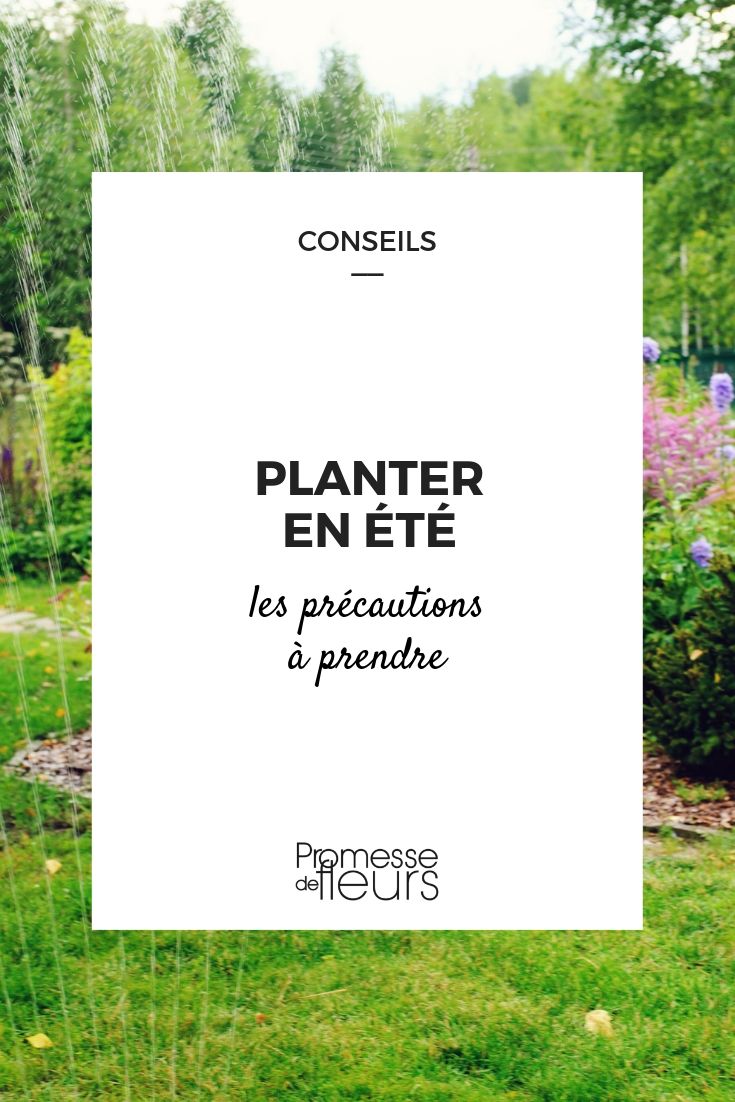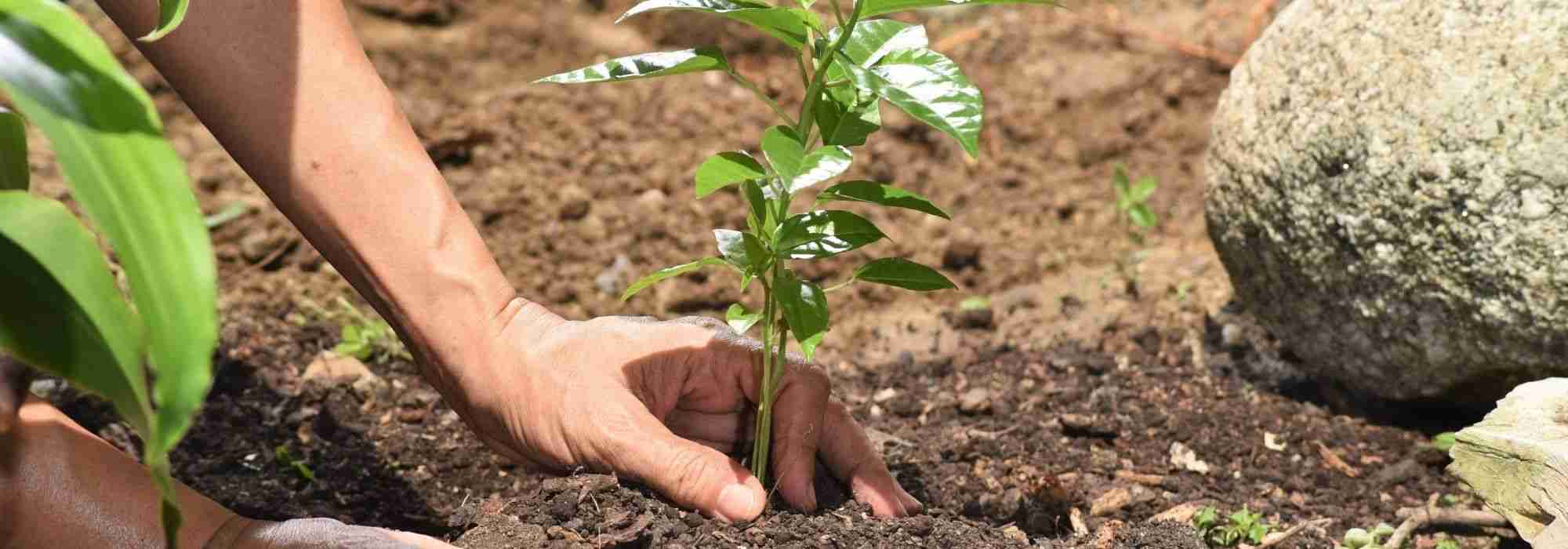
Tips for planting in the summer
Precautions to take
Contents
The best time to carry out plantings is autumn and early spring, as the soil is warmed and benefits from good humidity. However, there are many situations where planting perennials and bushes in summer is essential. This is the case when you want to landscape the garden of a holiday home, when you don’t have time to garden outside of the summer holidays, or when you fall in love with a plant in the middle of July, when the sun is blazing and rainfall is scarce.
At this time, plants are still offered in containers, and they are “ready” to be installed in your garden. Bare-root plants, such as roses for example, are only available between November and March, which is the only time you can plant them.
So, how can you successfully plant in the height of summer? What precautions should you take for good establishment and results? Follow my advice!
How to prepare the soil before planting?
All year round, it is advisable to prepare well for planting. This is even more true during the summer months. Here are a few tips:
- For any planting of perennial or bush, dig a hole 2 to 3 times larger than the purchased root ball using a spade or a shovel. A large planting pit significantly increases the chances of successful establishment. The deeper you dig, the more water can penetrate the lower layers of the soil. The width of the pit limits competition from other plants.
- Water generously and multiple times to moisten the lower layers!
- Whatever plant you are installing, be sure to respect its future needs (type of soil, drainage, exposure) and prepare your substrate and planting accordingly.
- The choice of substrate depends on the needs of each plant (more or less moist or draining soil, for example). For plants that prefer moist soil, amend with a material rich in organic matter such as compost, and do not hesitate to add a water retainer (stockosorb) to your mix.
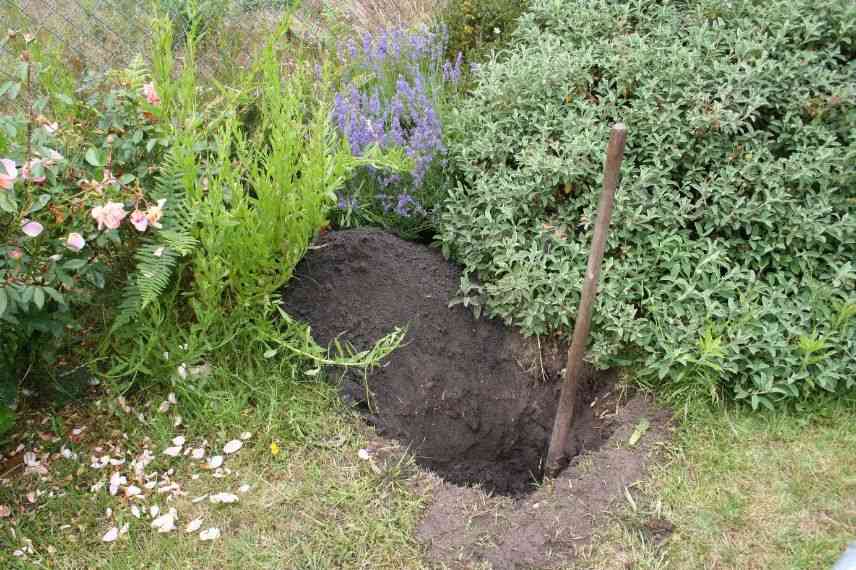
How to plant in summer?
If possible, do not intervene during the hottest hours of the day; prefer the morning or early evening. This will also be more comfortable for you!
Before planting, start by soaking the bucket or pot in a large volume of water for about ten minutes for a small bucket and up to 1 hour for larger containers.
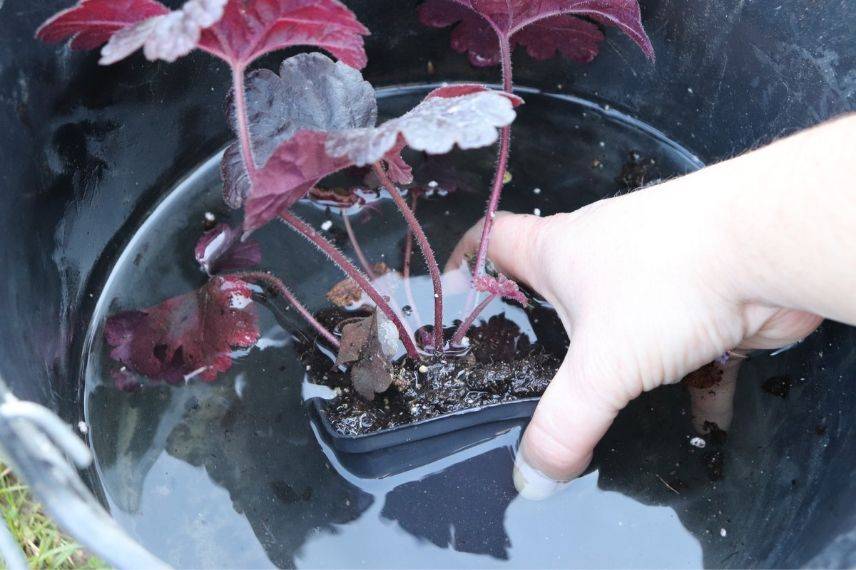
Immerse the root ball in water to hydrate it well
- As soon as the root ball is sufficiently rehydrated, gently remove the plant from the pot and place it in the hole.
- Fill in with the remaining substrate and lightly firm around the base.
- Create a watering basin all around the plant to concentrate watering as close to the roots as possible.
- Water once again generously.
- Add mulch immediately to limit water evaporation, keep the soil loose, and reduce the growth of competing herbs. A thickness of 5 cm is a minimum! Use what you have on hand (old cardboard, dry grass clippings, leaves…) or buy a jute or felt disc. Let the collar of the plant (the junction between the buried and aerial parts) breathe.
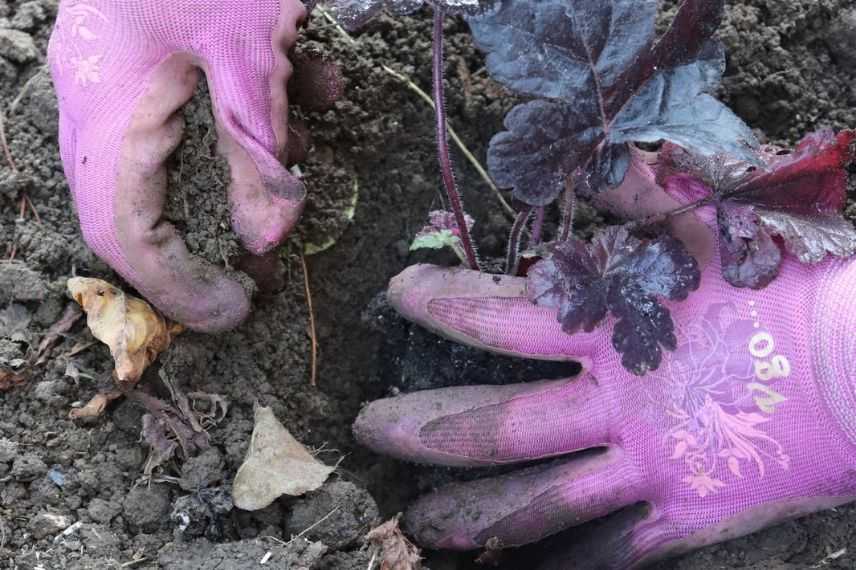
Plant without forgetting to mulch well afterwards!
How to care for young plants installed in summer?
In the weeks following planting, and until autumn, ensure that the soil remains moist, but not waterlogged. The surface roots tend to dry out quickly. To prevent this and encourage the development of a deep and resilient root system, it is better to water thoroughly once a week rather than a little every day. Deep watering allows water to penetrate down to the lower layers of the soil, where the roots can anchor themselves securely. To limit water loss through evaporation, water early in the morning or late in the evening, when temperatures are cooler.
In case of prolonged absence, several options are available:
- ask your neighbour if they can come and water your new planting for you.
- install watering cones. Typically made of terracotta, they are connected to a bottle or bucket and prevent the soil from drying out too much.
- use an automatic watering system. Equipped with a timer, it allows you to schedule water deliveries.
To protect the foliage from the sun’s harshness and limit evaporation, you can set up a temporary shading net stretched between four stakes, provided the size of the plant allows it. Once established under good conditions, your plant will no longer need it.
Warning! In recent years, summer rainfall has sometimes been very scarce. Every year, regulations prohibit watering gardens during drought periods in certain regions. Create your own reserve by installing one or more water butts connected to your gutters.
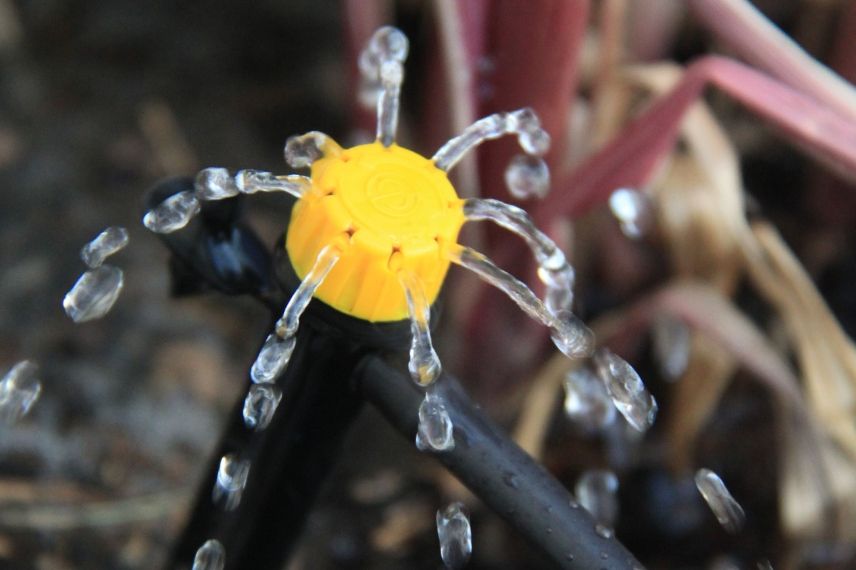
Drip irrigation
- Subscribe!
- Contents
